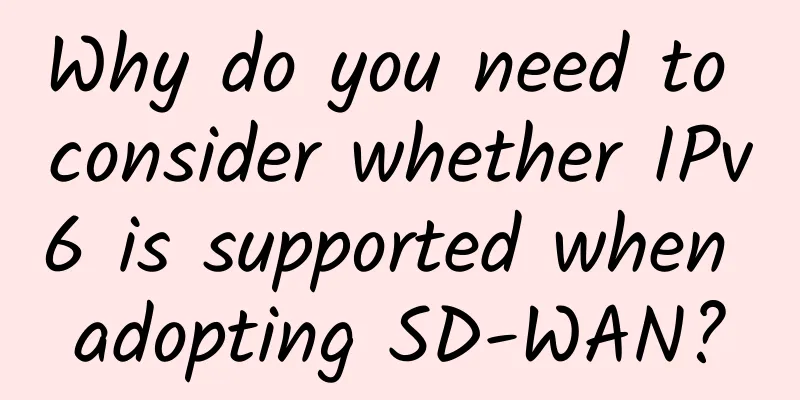IDC: Private LTE/5G Infrastructure Market to Reach $5.7 Billion in 2024

|
A new report from IDC predicts that global private LTE/5G infrastructure sales revenue will grow from $945 million in 2019 to $5.7 billion in 2024, a five-year compound annual growth rate of 43.4%. This figure includes total spending on RAN, core, and transport infrastructure. Private LTE/5G infrastructure is a 3GPP-based LTE and/or 5G network deployed by a specific enterprise/industrial customer to provide dedicated access. Private LTE/5G infrastructure delivers traffic locally to a specific organization without any third-party entity using shared resources. “Private LTE infrastructure is already being used by some verticals to solve key network challenges,” said Patrick Filkins, senior research analyst for IoT and mobile network infrastructure. “However, barriers to consumption remain high, limiting adoption to organizations with in-house capabilities and dedicated spectrum access. As more spectrum becomes available to enterprises and commercial 5G deployments expand, interest in private LTE/5G solutions as the connectivity foundation across a wide range of mission-critical, industrial and traditional enterprises is growing.” Today, many organizations are deploying private LTE, and a few are beginning to deploy private 5G in limited situations. While these verticals overlap in both use cases and network requirements, the market opportunity can be broken down into three segments: Mission-critical applications: Vertical industries that require “always on” connectivity with redundancy and dedicated resources, and vertical markets that require clear mobile site connectivity needs. Loss of connectivity could result in severe negative business or operational outcomes. Industrial applications: mainly targeting the process and industrial automation verticals of Industry 4.0. It also typically involves providing high-capacity and ultra-reliable low-latency communications (5G URLLC) through time-sensitive networking (TSN) or alternative means. Traditional Enterprise or Business-Critical Applications: These verticals require deterministic wireless networks that go beyond traditional Wi-Fi, but with lower redundancy and automation requirements. These include business-critical applications where a loss of connectivity could result in lost revenue. |
<<: 6 hot trends in IT recruiting, and 5 that are cooling down
Recommend
What will 5G replace?
[[411646]] What will 5G replace? 5G's lightni...
How does Beijing’s government cloud build the city’s “strongest brain”?
On July 15, 2016, Huawei's Smart City Ecosyst...
Amazon Sidewalk, a Wi-Fi-sharing project, will go live on June 8
Amazon may not be as well-known as Google, Apple,...
[Black Friday] DediPath VPS Hosting 50% Off, 1Gbps Unlimited Dedicated Server Starting at $45/month
DediPath is a foreign VPS service provider founde...
One person, one device, one password: Ruijie Flexible Office provides Lujia Paint with a "Wi-Fi Security Key"
Since the advent of Wi-Fi, users have had to face...
Huawei has entered Jiangmen to help build a smart city and big data industry chain
Recently, Jiangmen Municipal People's Governm...
Snapchat QUIC Practice: Small Protocol Solve Big Problems
Friends who are familiar with the Internet should...
Wi-Fi is getting harder to hack: How to keep your new router secure
With the development of WiFi technology, WiFi has...
Private operators, which were not optimistic in the past, are starting to make progress in the 5G era
Why are the three major operators called the thre...
From military industry and national defense to commercial aerospace, what has Kunyu Lancheng, a private "special forces", learned?
[51CTO.com original article] At the beginning of ...
Five ways to ensure your applications are cyber resilient
The massive shift to remote work caused by the CO...
The role of 5G in realizing the next generation of smart cities
5G can improve the quality and performance of urb...
What are the most common types of communications antennas?
The most common communication antennas include di...
What is 5G Dual Connectivity?
This is a 4G base station, simple and clean. Howe...
Do you know how much power 5G actually consumes?
5G is one of the hottest topics at the moment, an...









